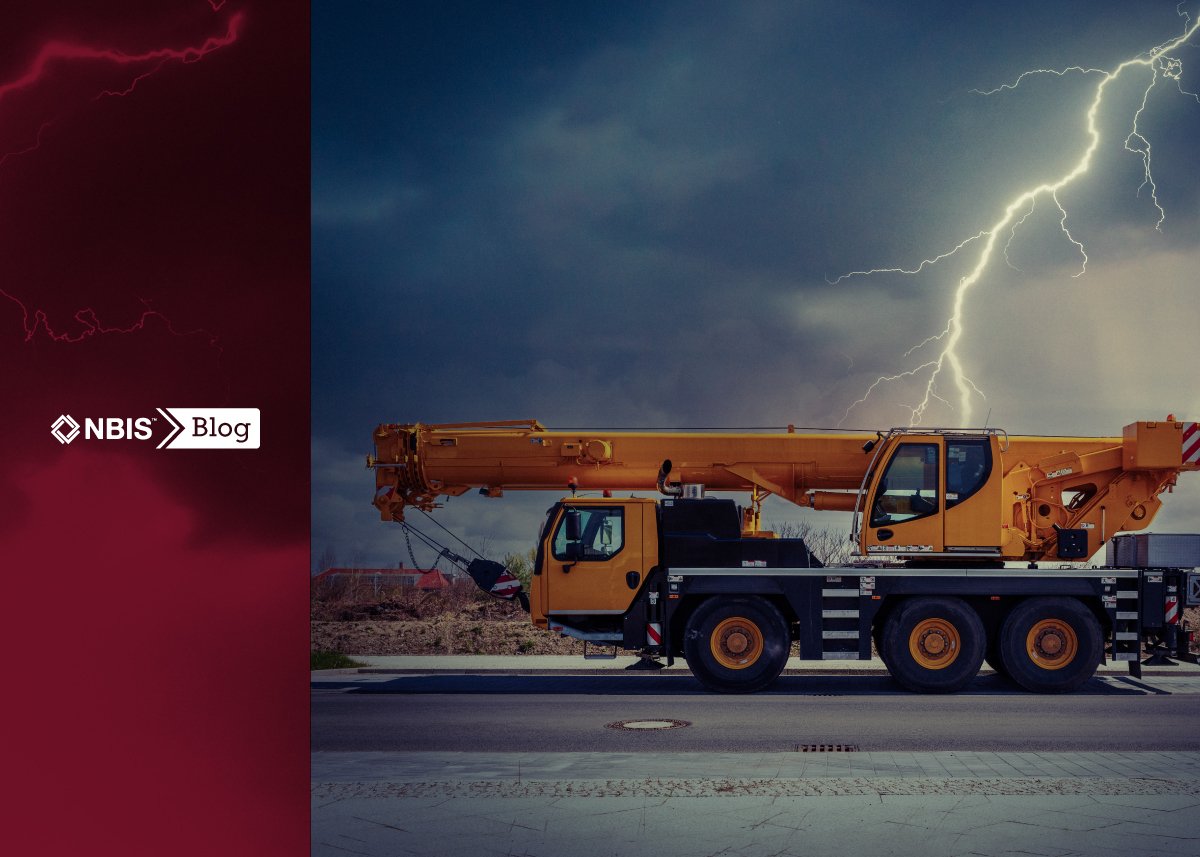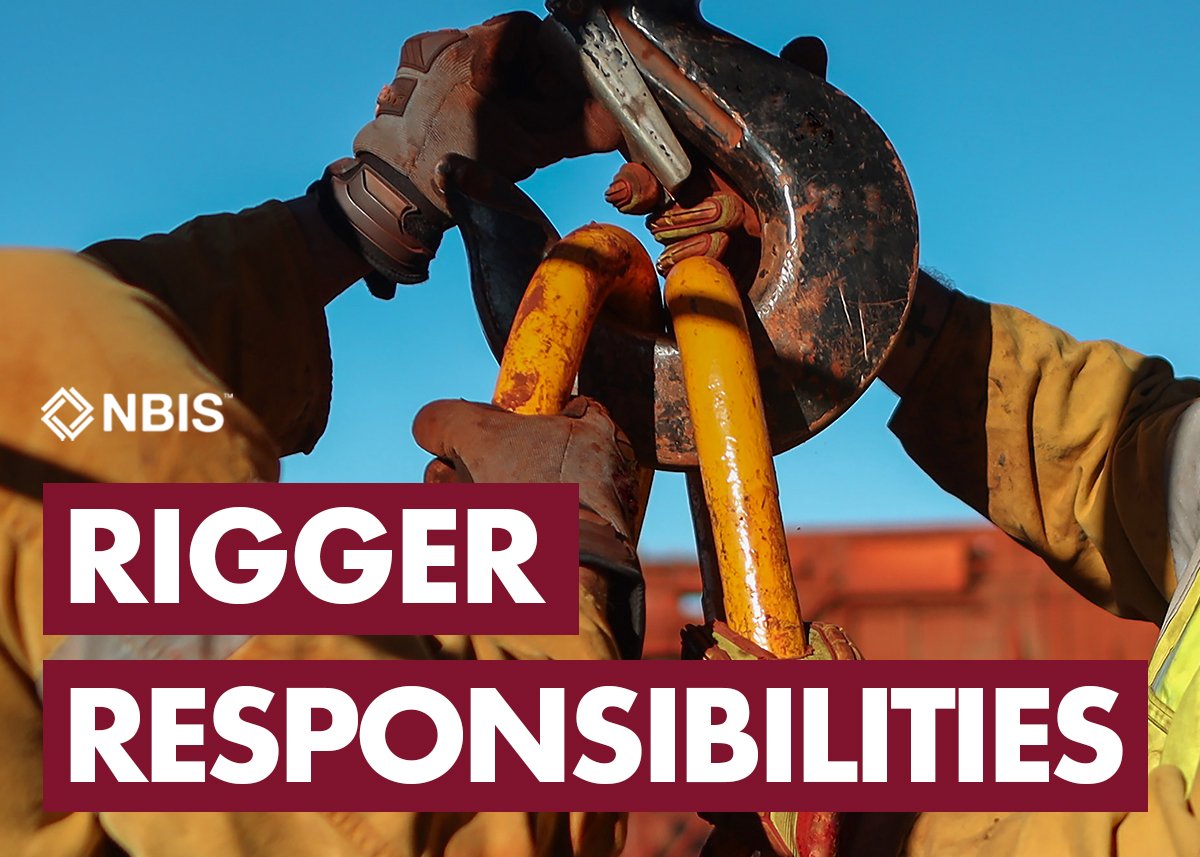Whether you’re working in Arizona’s blistering heat or dealing with severe storms in the South, weather can significantly impact worker safety, project timelines, and already-stressed budgets. So, in an effort to give you useful strategies for better managing weather-related risks, here are six tips for dealing with extreme summer weather.
- Plan and Prepare
It might seem like common sense, but after more than two decades of insuring companies in the heavy-construction space, we know how team leaders easily take weather safety understanding for granted. The easiest thing you can do to plan and prepare is to understand the nuances of exactly where you’re working by analyzing historic weather patterns and making decisions based on what you find. By identifying potential weather-related risks, you can create a detailed contingency plan that outlines specific actions to take during extreme weather events. Also, be sure to train your workforce to understand and implement the contingency plan effectively. - Monitor Weather Forecasts Closely
Stay one step ahead of rapidly changing weather conditions by utilizing reliable weather-monitoring services. We always emphasize the importance of monitoring weather forecasts regularly to take necessary precautions, so designate responsible personnel to check weather updates consistently and establish clear communication channels to relay crucial weather information to all workers on-site promptly. Prepare to suspend work when extreme weather events are anticipated. - Provide Appropriate PPE with OSHA Guidance
Shield workers from extreme temperatures with the right Personal Protective Equipment (PPE) in accordance with OSHA's Personal Protective Equipment Standard (29 CFR 1926.95). In hot climates, supply lightweight, breathable clothing, hats, and sunscreen to prevent heat-related illnesses. In wet conditions, ensure waterproof gear, and non-slip footwear to combat slips and falls. - Implement Heat and Cold Stress Management with OSHA Standards:
Protect workers from heat stress by following OSHA's guidelines for Preventing Heat-related Illnesses. Educate your workforce on recognizing the signs and symptoms of heat exhaustion and heat stroke. Encourage frequent hydration in hot weather and provide access to shade. Schedule work during cooler hours when possible and allow for more frequent breaks to help workers acclimatize to extreme conditions. - Secure Construction Materials and Equipment
Extreme weather events can wreak havoc on construction materials and equipment. Develop a robust protocol for securing loose objects and materials daily and before severe weather strikes. Store equipment indoors or under protective coverings to prevent water damage. - Foster Clear Communication and OSHA Standards
Establish clear communication lines and designate a safety officer to oversee weather updates and emergency responses, aligning with OSHA's Hazard Communication Standard. Ensure that all workers are familiar with emergency evacuation procedures and know the location of designated safe areas. Implement a communication protocol to promptly inform workers of weather-related changes to the project schedule or work plans, maintaining a safe and efficient work environment.
With a little thought, foresight, and planning, it’s possible to effectively manage extreme weather challenges and safeguard both your projects and your workforce.
For more information on working in outdoor heat environments, visit OSHA here. And feel free to reach out to anyone on the NBIS Risk Management Support team with any questions.







